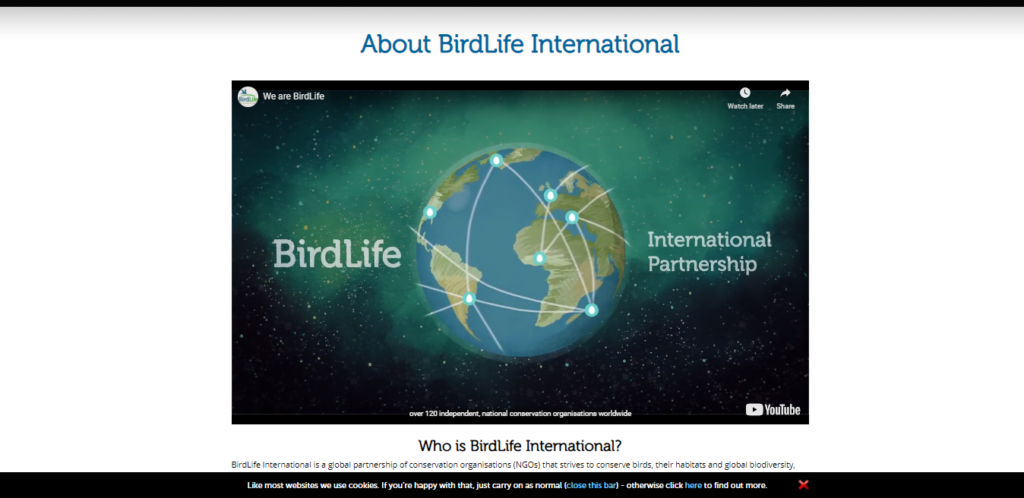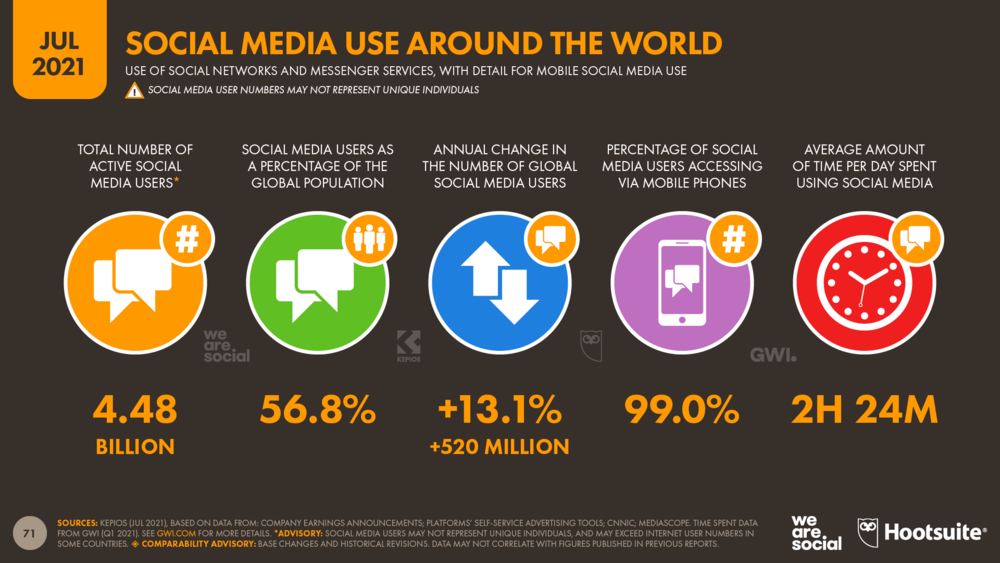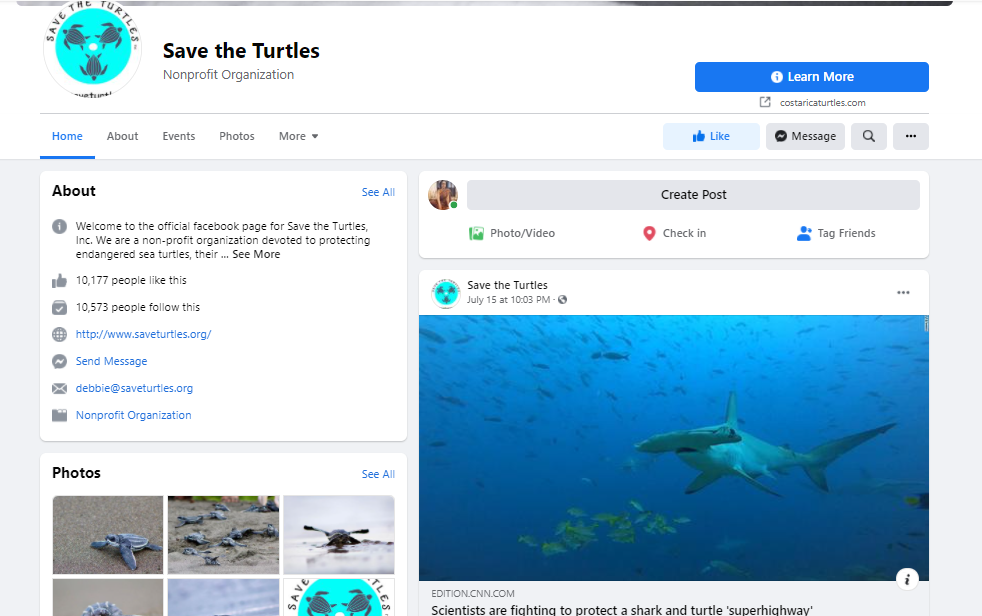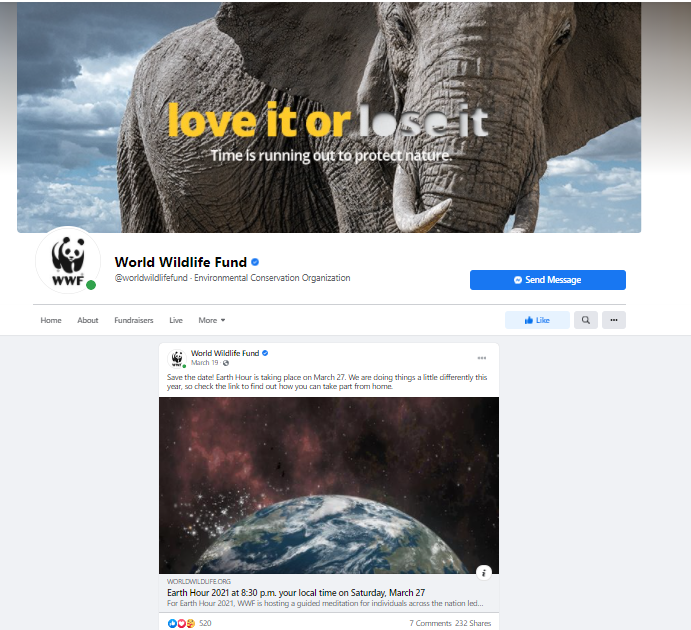Five tips to marketing and growing your nonprofit organization

In this digital age, even the most altruistic organizations can’t live without marketing. To achieve their mission, nonprofit organizations need to build a strong relationship with their donors, volunteers, media, and government officials.
Marketing the organization well can help them improve awareness of their mission, bring in new donors and revenue, and satisfy the existing donors by showcasing their success. Further, it also helps to gain exposure in the media.
But promoting a nonprofit organization isn’t only about periodically updating your website or sharing a post on social media. Also—for nonprofits—resources are usually tight and teams are small.
If you want to reach your audience, educate them about your mission, solicit donations, and attract volunteers and donors, consistent marketing is essential. Here are a few strategies that will boost your organization’s reputation and help you reach your goals.
1. Make storytelling a part of your marketing campaign
Since nonprofits are purpose-driven organizations, effective storytelling can help them communicate their values and mission and give voice to those they support.
It is a valuable content marketing tactic that allows the nonprofit’s personality to shine while engaging donors and volunteers on a personal level. When an audience sees a story, they feel drawn to the nonprofit’s purpose.
For instance, when you show real-life situations or people, the cause suddenly becomes more relevant than the abstract idea. Adding a face to ideas creates a deep emotional connection, encouraging people to take action, like signing up for a newsletter, raising small amounts of money, or donating a significant amount.
Here are a few pointers to remember when telling a powerful story.
Create a character
It all starts with a character. A strong character is someone affected by your cause who can help the audience relate to and care about the cause.
Who’s your character? How are they affected? Are they children, seniors, or animals? What are their goals? All these questions should be answered in your content, whether it’s a video, blog post, or infographic.
Determine character goals
The goals of your character are what drive them and your story forward. So, find out what their desires or goals are. For instance, an underprivileged young girl may dream of becoming a doctor one day.
What’s the conflict?
A story is incomplete without a conflict. What are the challenges? What’s preventing your character from achieving their goals? It could be poverty, gender bias, social disapproval, or a deadly disease.
Time for action
How is your organization helping the character face these challenges? Show how your nonprofit is supporting them in achieving their goals and how donors and volunteers can be a part of this story.
The mission continues
If you’re looking to increase your donor base and revenue, your audience should know that the fight isn’t over. Going with the same theme, share how your nonprofit is planning to overcome newer challenges.
Invite your audience to take action. Create a donation or fundraising page to allow them to be a part of the story. You can use a landing page maker to create an effective landing page. This will help deliver higher conversions and leads, whether those are donations, registrations, or newsletter signups from donors and volunteers.
2. Go for video content
The pandemic accelerated digitization because everyone’s online all the time. Moreover, video content is considered to be the most effective when it comes to engaging the audience and increasing click-throughs. This makes video a critical part of online marketing.
In the Wyzowl Video Survey 2021, 93 percent of the survey respondents shared that video is a critical aspect of their marketing strategy. 91 percent of the respondents agree that video content is critical for their brand, especially in light of the pandemic.
Thus, for nonprofits, video is a sure-fire way to garner interest from prospective donors and volunteers and get their support. The content form is visual, and can be personal, educational, and shareable. Moreover, it prompts viewers to take action.
Check out how BirdLife International, a nonprofit that strives to protect birds and their habitat, has added an impressive video on its home page. This enables them to share their mission clearly with their audience.  Source
Source
Girl Effect, a nonprofit that empowers women and girls, has taken video marketing to the next level by making its homepage a video.  Source
Source
3. Invest in email marketing
Emails are being used by nonprofits to get in touch with volunteers or confirm an online donation. But email marketing is more than that!
It’s an effective tool that can be used by nonprofits to reach people faster, send targeted messages, maintain top-of-mind recall, and strengthen trust. Moreover, a MailChimp survey revealed that nonprofits had a high open rate, 25.17 percent, only fifth to government, 28.77 percent.
Hence, email is a great tool for nonprofits looking to relay information, build and strengthen relationships, announce events, and ask for donations.
Here are a few quick tips to leverage email marketing.
- Send weekly or biweekly newsletters sharing the latest updates about your organization’s mission, industry data, and volunteer needs.
- Include bullet points, infographics, and interesting statistics to keep readers engaged.
- Share compelling success stories on how their donation or volunteering has changed lives.
- Send emails with donation needs and opportunities for reaching your fundraising goals.
- Use surveys and polls to understand what your donors are interested in.
- Whether the donor or volunteer has spent their time, money, or other resources, make sure you thank them. Everyone deserves recognition and appreciation.
- Make sure the email is tailored to the donor. Use email marketing software like MailChimp, Campaigner, or Constant Contact to automate this process.
4. Leverage social media
57 percent of the world’s population is on social media. So, profit or nonprofit, no organization can afford to ignore the power of this marketing platform.  Source
Source
Social proves to be a powerful tool for nonprofits because it can help them increase their reach and spread the word about their mission quickly. The platform can also be used by organizations to engage and interact with their audience.
Check out how nonprofits like Save the Turtles and World Wildlife Fund share updates about their mission. Platforms like Facebook and Instagram can be used to engage audiences and boost fundraising efforts.  Source
Source  Source
Source
Also, interactive social content like quizzes, contests, interactive infographics, and interactive videos can help boost click-throughs and provide more opportunities to educate your network.
Leverage social platforms like Twitter, Facebook, and Instagram to reach a large audience and engage them effectively.
5. Measure your marketing performance
Once you start implementing the above-mentioned strategies, it’s time to measure success. Not all your campaigns will be successful out of the gate. That’s fine! However, it’s critical to know where you stand and what’s working for you.
Paying attention to a few key performance indicators (KPIs) will help you analyze your performance and tweak your strategy accordingly. Here are the top KPIs you should pay attention to.
| Strategy | KPIs |
| Website performance | Page views per session, unique visitors, top landing pages, conversion rate |
| Content marketing | Unique page visits, time on page, inbound links, shares, and downloads |
| Email marketing | Email opens, click-through rate, unsubscribe rate, spam complaints, and forwards |
| Social media marketing | Clicks, likes, shares, comments and brand mentions, profile visits, and followers |
| Video marketing | Number of clicks, video views, viewer duration and bounce rate, engagement (likes, comments, and shares) |
Summing up
Most nonprofit organizations have to do more with less because they are often crunched on resources, whether it’s funds or manpower. If that’s true for your organization, use this guide to promote your organization and realize your mission.
Do you implement any other tactics to build awareness and grow your nonprofit? Let us know!







Rbk says:
Thank you for sharing. I have no idea where to start and this is really good advice.
Ezra says:
This is wonderful! thank you
Betty Alison McNew says:
I am wanting to start a non profit called MCNEW-B HELP. Everything that you need. We look at your situation, a miracle happens, and you are taken care of.
Coming to the Show Me State Missouri
Tolo T says:
Just starting my nonprofit organization in the city of Long Beach CA. and definitely open for some help in every which way possible. Definitely eager to serve